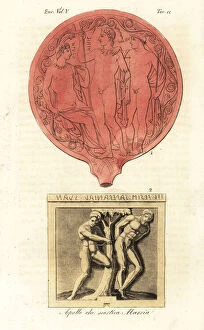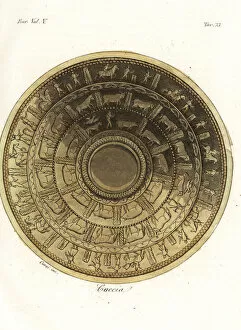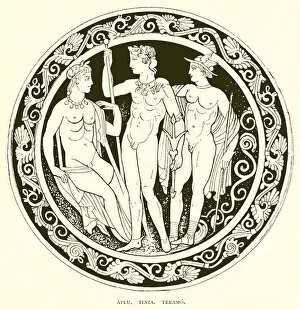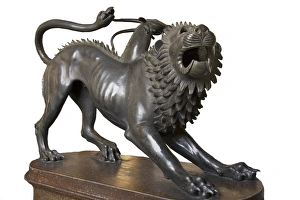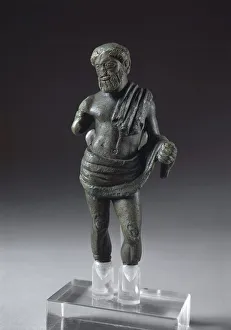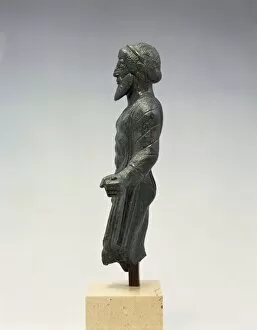Tinia Collection
Tinia, the Etruscan god of sky and thunder, holds a significant place in ancient mythology
All Professionally Made to Order for Quick Shipping
Tinia, the Etruscan god of sky and thunder, holds a significant place in ancient mythology. From the majestic Porta all Arco in Volterra to the birth of Menrva (Minerva) from his head, Tinia's influence is evident throughout Tuscany. A bronze statue depicting Tinia as Zeus stands tall in Rome's Cerveteri, showcasing his power and might. In engravings with Lasa, we witness their divine connection and partnership. The Etruscan figures of Apollo remind us of Tinia's association with arts and culture. As men on horseback hunt boars and bulls in ancient Etruria, they pay homage to this mighty deity who bestowed bravery upon them. The engraving of Aplu alongside Tinia further emphasizes his role as a protector. Intriguingly, an exquisite 4th-century BC chimera showcases the artistic prowess inspired by Tinia's presence. A statuette resembling a bearded man is believed to depict none other than this powerful god himself. Bronze statues portraying they are be found across Italy - from Populonia to Livorno province - each capturing his regal essence and commanding aura. These masterpieces transport us back to the 5th century BC when worshipers revered him as Greek Zeus. Tinia's legacy lives on through these artifacts that offer glimpses into an ancient civilization filled with awe for their celestial ruler.




